Before royalties and logistics expenses are factored in, Apple Inc. stands to generate gross margin in excess of 50 percent on each 8GB iPhone sold at $599, according to one market intelligence service.
"iSuppli’s teardown, conducted this weekend, determined that the 8Gbyte version of the iPhone has a total hardware Bill-of-Materials (BoM) and manufacturing cost of $265.83, generating a margin in excess of 55 percent on each 8Gbyte iPhone sold at the $599.00 retail price" said Andrew Rassweiler, principal analyst for iSuppli.
Of the new suppliers to the iPod/iPhone family, Infineon is among the biggest winners in terms of semiconductor content, the firm said. The German-based parts maker is believed to be supplying the iPhone's digital baseband, radio-frequency transceiver and power-management devices, providing much of the core communications capability of the handset. Altogether, iSuppli estimates that Infineon’s silicon content accounts for $15.25 worth of the iPhone’s BoM, representing 6.1 percent of the 8Gbyte model's total cost.
For its part, National’s contribution to the iPhone BoM is relatively small with its lone chip in the product costing $1.50, representing less than 1 percent of total product cost. However, iSuppli said the part — a serial display interface — is an important design win for National, which has never held a seat in an Apple iPod product. The chip, which connects the display to the graphics controller, uses National’s Mobile Pixel Link standard, which the company has been attempting to promote for use in mobile devices.
"This is a significant win for National in a high-profile platform that is expected to ship in large volume," Rassweiler said.
Meanwhile, the display module in the iPhone model torn down by iSuppli was provided by Balda of Germany in association with its partner TPK Holding of China. The module costs an estimated $27, according to the firm, representing 10.8 percent of the 8Gbyte model’s cost. On the other hand, the iPhone’s touch-screen display itself is reportedly supplied by multiple sources: Epson, Sharp and Toshiba Matsushita Display Technology Co. Ltd. The cost of the unusually thin screen is estimated at $24.50, representing 9.8 percent of the 8Gbyte version’s costs.
Perhaps the biggest winner among all the iPhone's component suppliers, according to iSuppli, is Samsung. The South Korean electronics giant supplies the iPhone’s applications processor — as was reported by AppleInsider back in January — which includes an ARM RISC core and costs approximately $14.25 in both versions of the iPhone.
Samsung is also contributing the handset's NAND flash memory and DRAM. In the 4Gbyte version, Samsung has $24 worth of NAND flash, and $48 in the 8GByte version. For both versions, Samsung also supplies 1Gbit of Double Data Rate SDRAM worth $14.00.
In total, iSuppli estimates that Samsung accounts for $76.25 worth of semiconductor content in the 8Gbyte version of the iPhone, giving the company a 30.5 percent share of the product's hardware cost—the largest total of any single supplier.
Other companies scoring design wins in the iPhone include: Wolfson, which continues to maintain its design win for the audio codec; CSR plc, which supplies the iPhone Bluetooth silicon costing $1.90; and Marvell, which is contributing a Wi-Fi baseband chip costing $6.00.
iSuppli believes that sales of iPhone, which kicked-off with a bang, will continue at a phenomenal rate. The firm estimates shipments of the inaugural Apple handset to reach 4.5 million units this year, expanding by a factor of nearly seven to reach more than 30 million by 2011.
Additional iPhone component suppliers were revealed in a teardown by Semiconductor Insights, which was covered by AppleInsider on Monday.
 Slash Lane
Slash Lane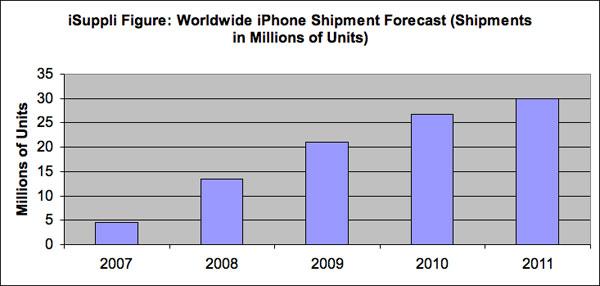
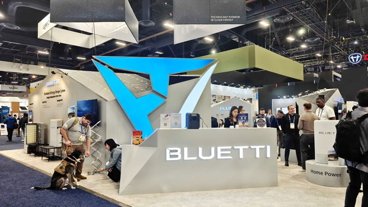
-m.jpg)





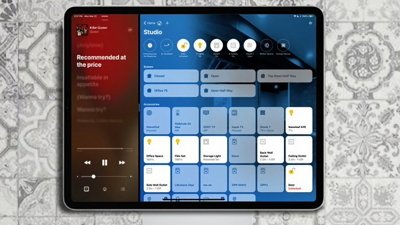
 William Gallagher
William Gallagher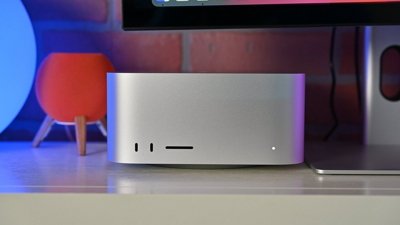
 Malcolm Owen
Malcolm Owen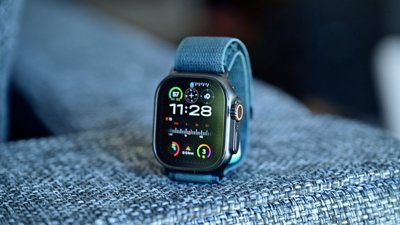
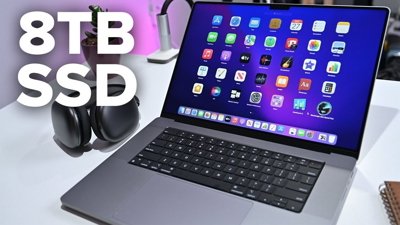
 Christine McKee
Christine McKee
 Marko Zivkovic
Marko Zivkovic
 Wesley Hilliard
Wesley Hilliard
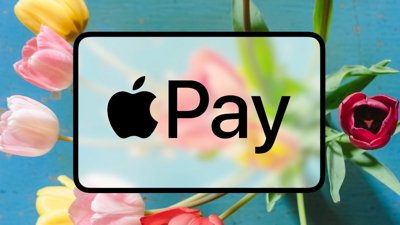
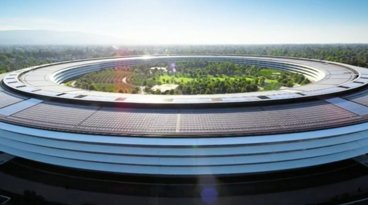









45 Comments
Upon reading this, I asked myself, "Should I be upset that Apple is making so much money off of this product? Is the consumer being taken advantage of?"
I decided NO. I'm not upset. I didn't get an iPhone, #1, so this doesn't really affect me all that much. I think this is actually good news.
Apple is making more of a profit off of this device. That means more money into R&D on making the iPhone better and cheaper to produce (i.e. less expensive for me when I can actually afford one!)
Apple typically doesn't make such high profit margins; I'm sure that some PC companies make higher ones on a regular basis. I'm sure the true cost of producing the iPhone is higher than the stated cost of materials. You have to remember that manufacture and shipping costs money, as well as the years of development that went into this baby; the developers need to get paid for their work! It's likely that this is not the whole story.
Basically, good for Apple. They can produce a product that people still want to buy by the hundreds of thousands, even when they mark it up by 50% of cost of parts. I admire that.
I'm sure the 5 years of R&D and countless hours of overtime that SJ talked about will cut into the figure somewhat.
I'm sure the 5 years of R&D and countless hours of overtime that SJ talked about will cut into the figure somewhat.
Yes. The 55% figure is just the "gross margin" (i.e., revenues minus direct costs as percent of revenues). You have to add to it the indirect costs and overheads (broadly speaking, "selling, general, and admin" expenses, which will also include R&D). At the end, the profit (net income) margin for this product will be somewhat high, but my guess is that it will be closer to 20+%, which is not outrageous for something of this caliber and in this luxury/premium product segment.
But the stock being in such nosebleed territory ($126+ today!!!) is getting a bit worrisome.........
I'm sure the 5 years of R&D and countless hours of overtime that SJ talked about will cut into the figure somewhat.
Not to mention the salaries of every employee who will continue to work on software updates, bug fixes, etc.
The bottom line is that we have no idea how much Apple spends on making an iPhone. iSuppli can add up the components and get a figure, but manufacturing any product is a lot more complicated than that.
And even if the margin is 50% or more (I don't think it is) if the market is willing to pay it, then Apple has every right to charge as much as it wants.
Upon reading this, I asked myself, "Should I be upset that Apple is making so much money off of this product? Is the consumer being taken advantage of?"
Gross margin is calculated just the parts and does NOT include:
The massive R&D costs to be recouped - hardware AND software - which continues into the future
Massive legal and marketing and insurance costs
Service and support costs
Assembly of the parts (factories aren't cheap)
Packaging, storage, distribution and transportation
Running the retail and online stores
If Apple were selling a baggie full of parts, which you then had to go pick up yourself one by one from different suppliers, and then no functionality had ever been developed for those parts so they were useless even if you could put them together, THEN Apple would be making that margin... except for the R&D to come up with the parts list and the marketing to let you know it was available